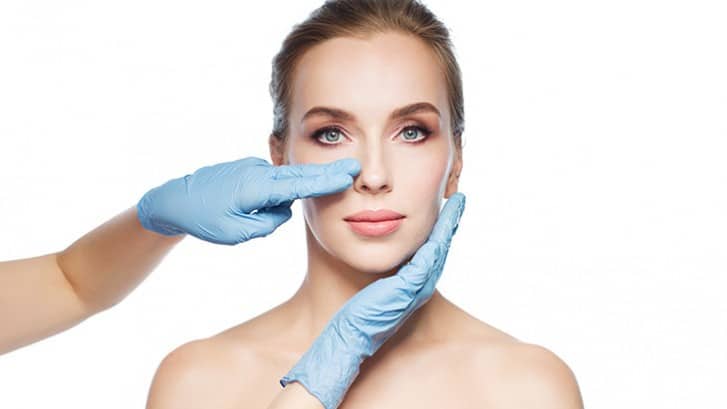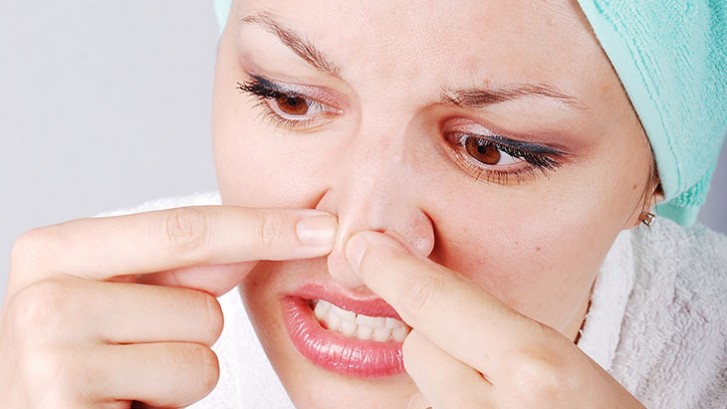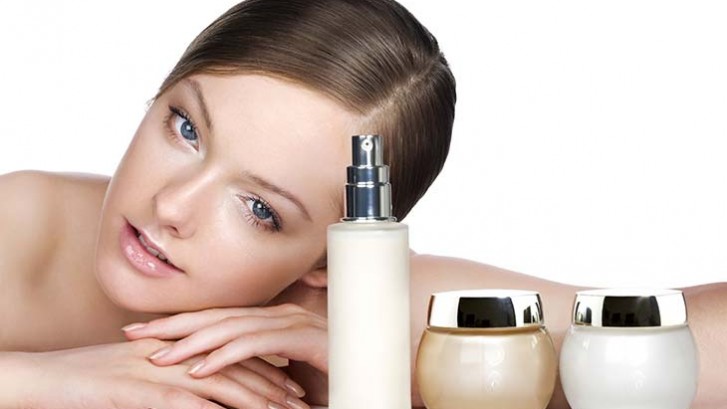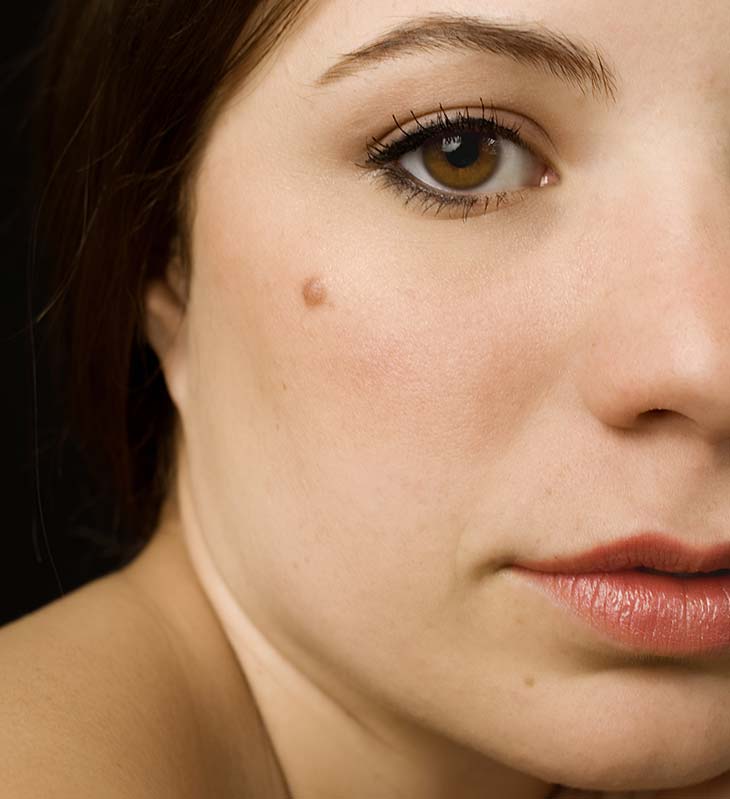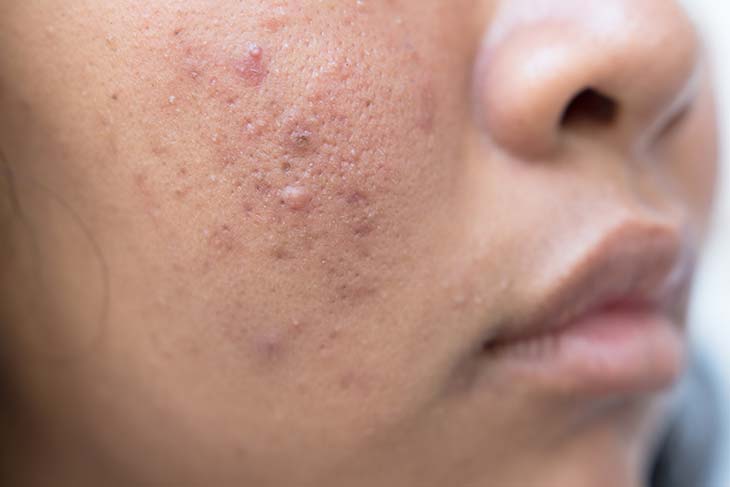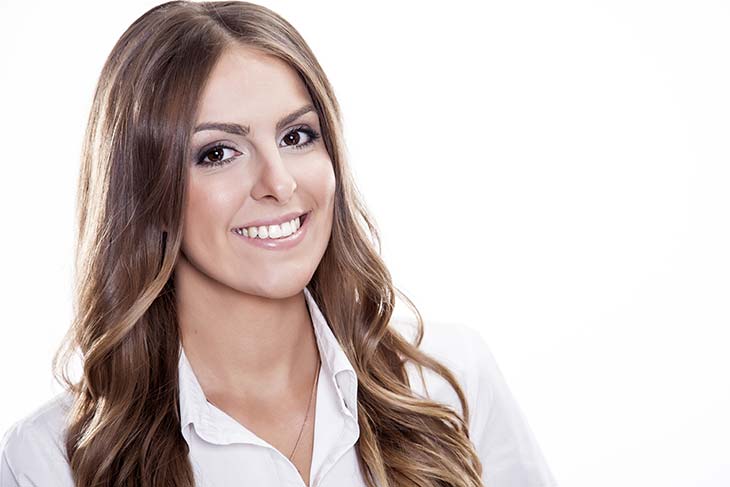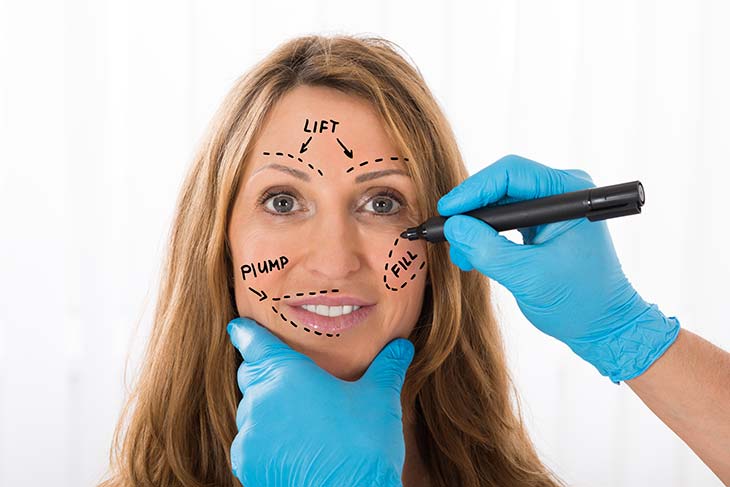Skin Damage: Common Culprits and How to Avoid Them
Unavoidably, the skin becomes weaker as it ages, making it more susceptible to damage from simply living life. However, there are also many other factors that weaken and damage skin that are totally avoidable. Ideally, people should start taking precautions to avoid these factors at a young age, but even older people or people who already have significant skin damage can take these precautions to avoid further damage. Read on for common causes of skin damage, as well as advice on minimizing their impact on your skin.
Sun Exposure
Exposure to the sun is probably the most common cause of skin damage. In fact, most of the changes we think of as simply a part of aging are actually due to sun exposure. Signs of aging caused by the sun include wrinkles, a loss of elasticity in the skin, sallowness, dilation of small blood cells under the skin, freckles, sunspots, and other forms of discoloration. The sun can also cause more significant damage by causing the development of benign, cancerous, or precancerous tumors.
Fortunately, there are also plenty of simple precautions that can be taken to minimize the impact of this common culprit. Try to avoid sun exposure when the sun is at its most damaging, between 10 a.m. and 2 p.m. Hats, sunglasses, contact lenses, and even clothes with sun protection are available. Most importantly, wear sunscreen, or a product that contains it, such as cosmetics or a moisturizer, with at least SPF 30 and zinc oxide daily. Apply at least 20 minutes before sun exposure and reapply every two hours if you’re sweating or swimming. Be careful about layering products with sun protection, as the active ingredients in some products can break down when they come into contact and you only get the protection of the strongest product regardless.
Irritants
Irritants can be almost anything, but are most commonly strong chemicals, allergens, or something environmental. Most chemicals, like water, have no effect on you or can even be good for you. However, some chemicals, like bleach or ammonia, can irritate the skin causing damage via chemical burns or dermatitis, which is scaliness or irritation that can occur at the site of contact or elsewhere. Irritants can also be substances that a person is allergic to, such as an ingredient in a cosmetic or skin care product, or something that they encounter in their environment, such as smoke, fumes, and other pollutants.
Most people know to avoid things they’re allergic to, but it can be hard to predict how your body will respond to something new. Patch test new products on a less visible part of your body before applying them to your face so you can see how you respond. You can learn what triggers irritation for you by keeping a list of the ingredients of products that cause irritation to help your doctor determine the exact cause. Your doctor may also recommend a clinical allergy test. Whenever you notice skin irritation, thoroughly but gently wash the spot immediately to remove the irritant from the skin.
Smoking
Smoking causes blood vessels to contract. One effect of this is that nutrients and oxygen aren’t carried to the skin effectively, causing it to wrinkle, lose elasticity, and become less able to heal efficiently. The more you smoke, the more damage occurs. If you don’t smoke, don’t start. If you do smoke, there are plenty of tools to help you quit, including nicotine gum, lozenges, patches, inhalers, and nasal sprays, as well as prescription medication. Your doctor can help you determine the best way for you to quit.
Acne Scars
There’s a myth that only teens experience acne; and while it’s true that puberty is usually the worst time for acne, adults, especially women, are experiencing acne at growing rates. Adult acne alone can be annoying, but when coupled with the long term damage of acne scars, it’s even more frustrating. The most common cause of acne scarring is an inadequate healing environment, such as dry or dirty skin and constant irritation.
The best way to prevent acne scarring is to prevent acne in the first place. Use acne fighting products if you’re prone to breakouts. Keep cosmetics to a minimum and be sure to thoroughly cleanse the face in the evening to remove them and other debris from the day. Use non-comedogenic (oil free) products, but be sure to moisturize. If you do break out, you can avoid acne scarring by doing many of the same things you do to avoid acne, as healthy skin is better able to both fight acne and heal scars.
Continue to use acne fighting products and moisturizer. It can be tempting to slather a breakout in foundation and concealer to hide it, but it’s best to let the break out breathe. If you must cover the blemish, remove the product as soon as you can. Don’t pick at the breakout or the scar, as this will only further irritation, which causes scarring and can actually worsen existing scars. Vitamin E is often touted as a way to prevent scarring, but there’s actually evidence to suggest that it impairs the healing process. Instead, use a cortisone product to prevent and even heal scarring.
Treating Skin Damage
Avoiding skin damage in the first place is the best way to help the health and appearance of your skin, but there’s no need to fret if you already have skin damage. Dr. William J. Binder has many treatment options available for reversing damage to your skin. If you have skin damage that you want taken care of, contact our office today to schedule your consultation.


